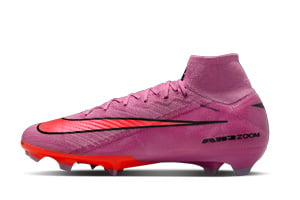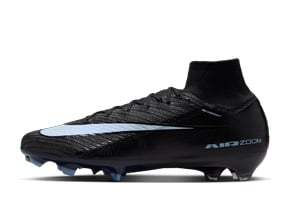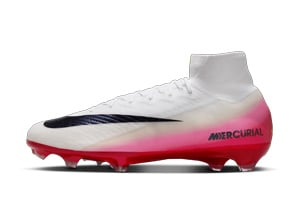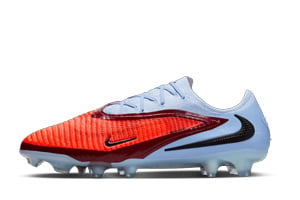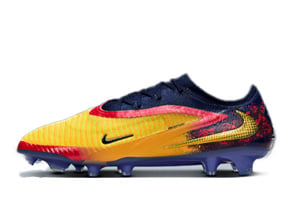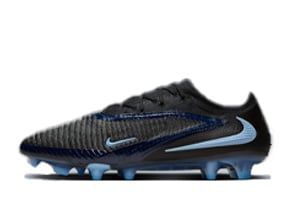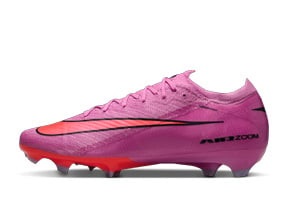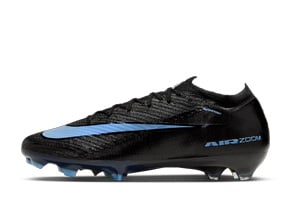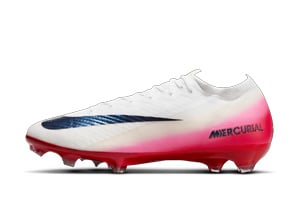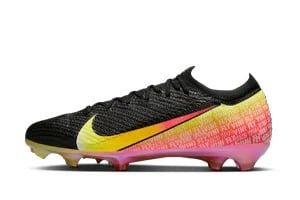A wingers greatest asset is often their pace, enough to get the ball past the defender to deliver the crucial cross or get the shot away before the keeper can react. For many wingers acceleration is an important aspect of their game, so many wide-men will opt for a lightweight, speed boot. We take a look at some of the best wingers boots out there.
What You’ll Find On This Page:

Wingers’ 8 Best Boots
| Rank | Why? | Boot | |
|---|---|---|---|
1.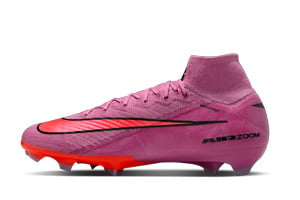 Nike Mercurial Superfly | Cushioned acceleration thanks to the Air Zoom technology; minimal energy return compared to what is marketed but still has its own unique experience for boosting speed | 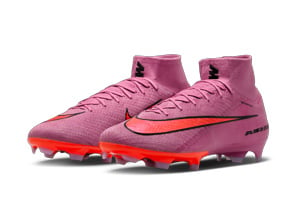 >> Get Elite Mercurial Superfly 10 at Nike >> Get Elite Mercurial Superfly 10 at Nike | |
2. adidas F50 Elite | Lightweight and responsive speed boot with modern comfort; feels like a continuous evolution of the X line rather than a return of the F50 from the 2010s | 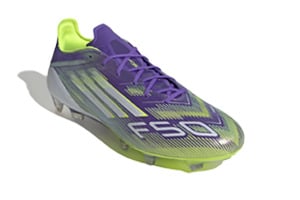 | |
3.
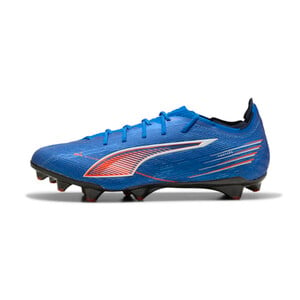
Puma Ultra 6 Carbon | Aggressive snapback and traction an exact match for barrelling down the flanks |
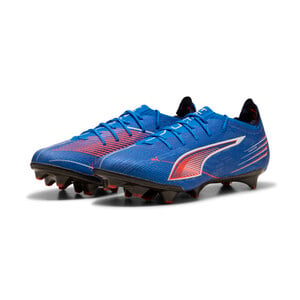 >> Get Puma Ultra 6 Carbon
>> Get Puma Ultra 6 Carbon | |
4. New Balance Furon v8 | Comfortable speed boot that fills the void left by the big brands for knitted options | 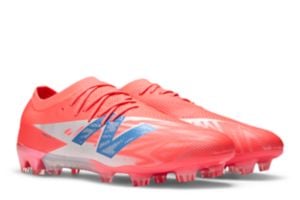 | |
5.
Mizuno Alpha | Locks your foot down and prevents slippage incredibly well with the ZeroGlide liner | 
| |
6.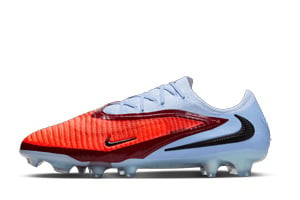 Nike Phantom 6 Elite | Cross accurately using the sticky Gripknit upper; ball grip feels more optimised than the Predator | 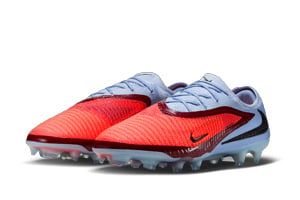 >> Get Elite Phantom 6 at Nike >> Get Elite Phantom 6 at Nike | |
7.
Under Armour Shadow Elite 3 | One of the best wing boot choice outside the mainstream selection; decent snapback from carbon fibre sole and form-fitting Intelliknit upper | 
| |
8.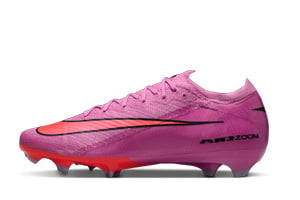 Nike Mercurial Vapor | Drops the collar but maintains all the benefits of the Nike Mercurial; less material, more freedom sensation to run out there | 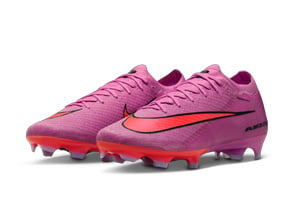 >> Get Elite Mercurial Vapor 16 at Nike >> Get Elite Mercurial Vapor 16 at Nike | |
Speed merchants like Marcus Rashford all wear this Mercurial and you’ll often see them flying down the wing. The Mercurial is Nike’s speed boot and designed as such, packing it with a thin and pliable Gripknit+AtomKnit upper and a bouncy Air Zoom outsole for a smooth transition between your strides.


2. adidas F50


The likes of Son Heung-min and Mohamed Salah are some of the flank players who prefer the lightweight and responsive feel of the F50. As they need to dribble and barrel down with high speed at the same time, they both choose to have a secure the fit and lockdown plus a responsive tooling.
3. Puma Ultra 6
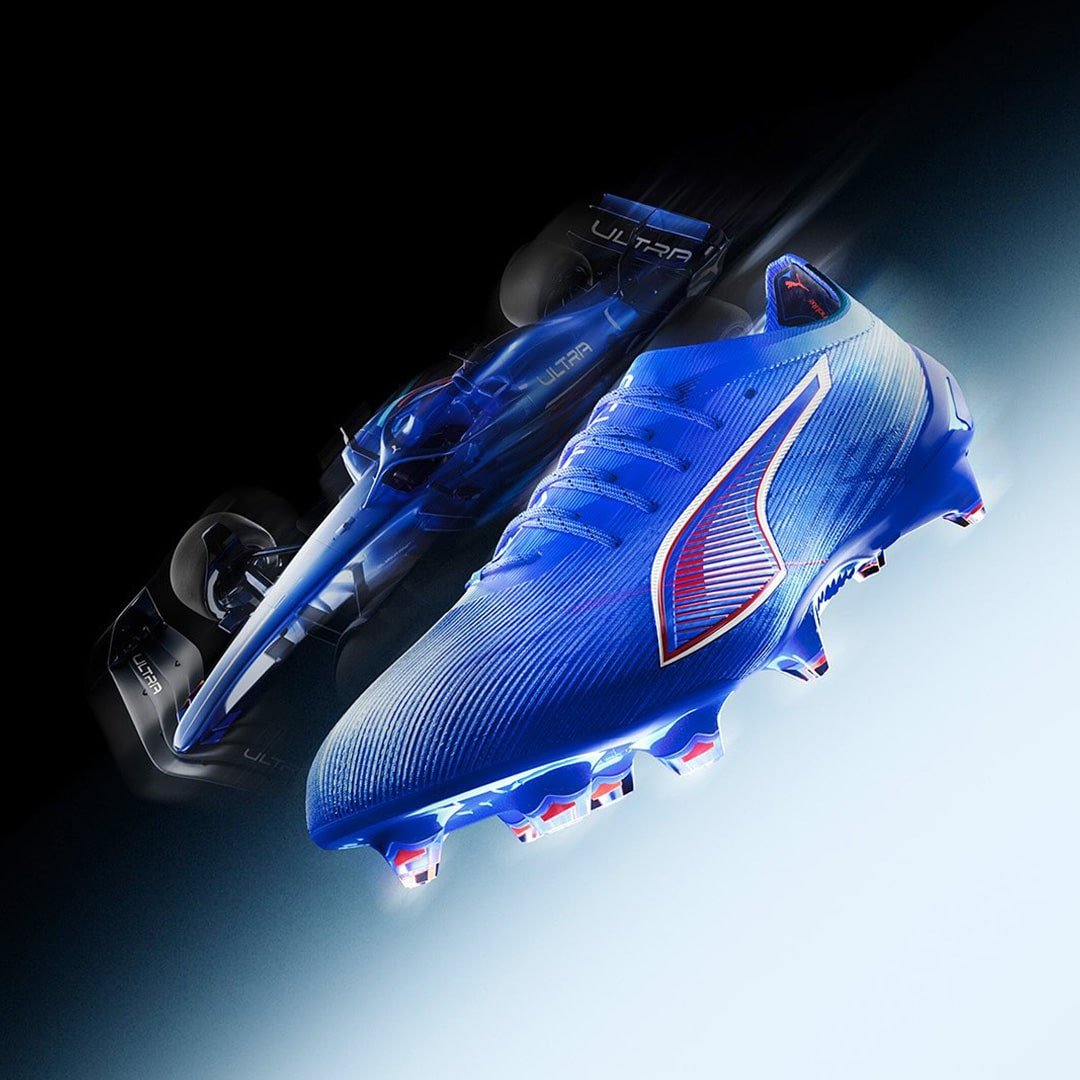

Now with a full-length carbon fibre outsole, the Ultra 6 bests even that of the adidas speed boot in boosting one’s acceleration. Packed with a tight fit once the laces are tied down, the Ultra does give the ultimate performance benefit. Just ask the likes of Kingsley Coman and Kyle Walker.


Sadio Mane‘s boot of choice presents itself as a top-end choice for a knit-based speed boot. Bukayo Saka and Eberechi Eze also wear them and are known for their flowing runs. The Furon is also outfitted on the bottom with a nylon outsole that falls on the stiffer side of the spectrum. Chevron blades easily penetrates the ground to keep you steady during your linear propulsion.
5. Mizuno Alpha


The Japanese boot maker finally enters the mainstream with its synthetic Mizuno Alpha, and it does not disappoint. You wouldn’t think that the upper has five layers given how thin and how well it moulds around your foot. The Zeroglide mesh on the tongue and insole, in conjuction with the frame inserts, helps lock your foot in place. It also helps that the Mizuno Alpha is also competitive on the weight front as it is indeed one of the lightest today.
The Nike Phantom 6 has a cosy fit with its wide last and Gripknit upper, leaving wing players like Phil Foden and Andrew Robertson to move freely down the flank as they please. The sticky upper has a waxy on-hand sensation in order for the wearer to have a bit of a grip, which you need for dribbling and delivery.
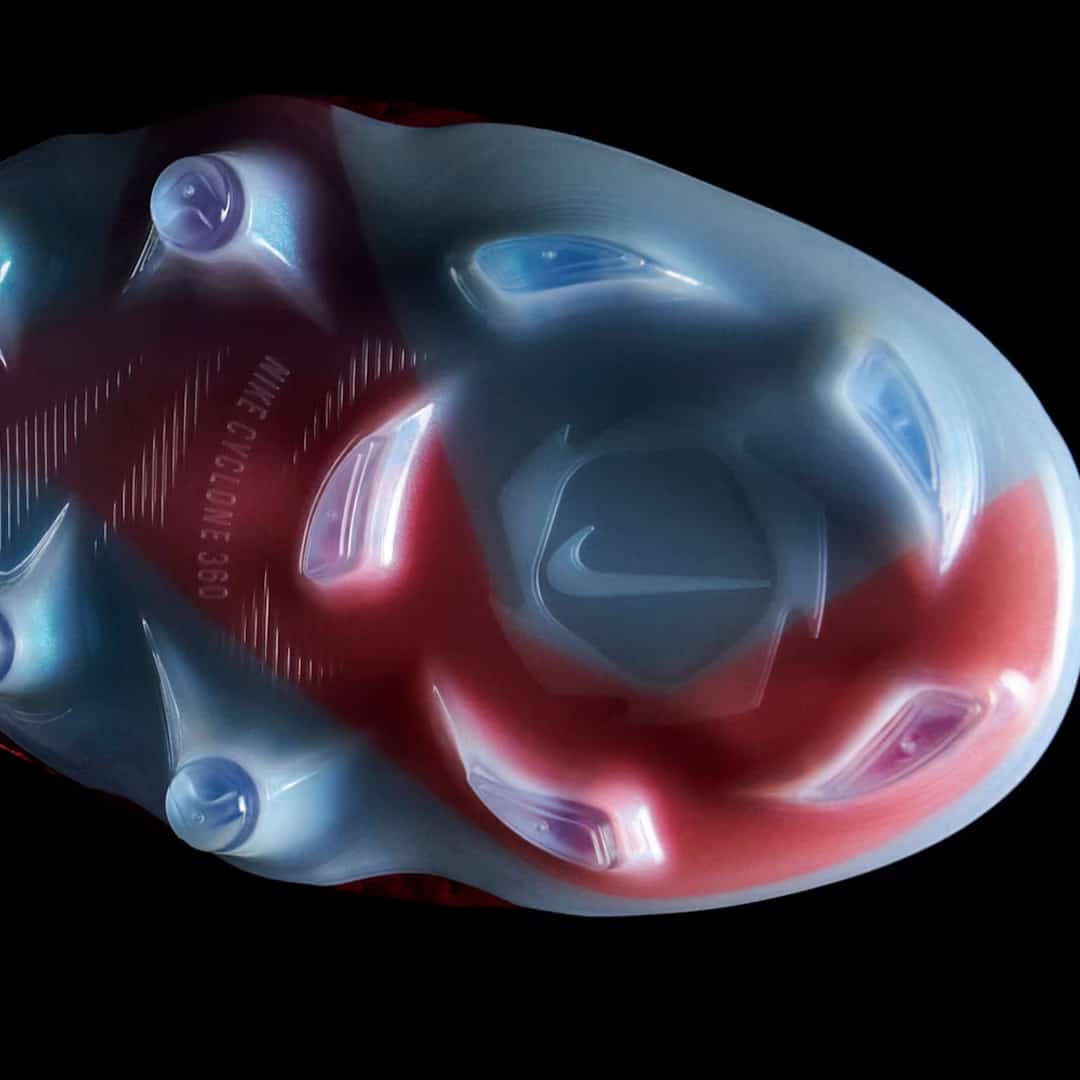

7. Under Armour Shadow Elite 3


A boot on this list that is underrated is the Shadow Elite 3 from UA. Moving naturally with the feet is the best description for this boot, with its Intelliknit upper moulding well around your foot shape and having less structure for comfort. The carbon fibre outsole has that expected spring back at an optimised level.
Lacks the dynamic fit collar of the Superfly but has the same knitted upper, Gripknit forefoot and AtomKnit midfoot. These are a super popular players boot and if you opt against the collar, the Air Zoom is still in these Mercurials.


Modern Plays for Wing Players
From positioning to skills, much more is now demanded from the modern winger.
Operating in the flanks and providing width to the attack is always going to be the bread and butter of a winger. But from simply staying near the sidelines and staying in midfield (most especially in a 4-4-2), today’s winger is usually positioned further up the field on the inside, forming a front three with the striker and another winger in the now common 4-3-3 formation.
With the rise of advanced pressing and fluid positioning philosophies, a winger today is expected to not just overlap with the striker but also with the fullback. And as the fullback is now tasked to move forward (not just be a centre back positioned on the flanks in essence) and create overlapping runs, the winger is at times inverted (positioned on his weaker side) so that he can provide scoring opportunities (either assists or goals themselves) as he cuts inside to his stronger foot.
While he may not necessarily be the best in tackling, a winger is now being asked to track back and provide at the very least a defensive presence to prevent their defensive end of the flanks from being overloaded by the opposition and be at a numerical disadvantage to them. In essence, then, a winger should have at least a respectable amount of defensive skills to at least provide enough cover for the team’s defensive organization.
However, given that the winger is still the one to stretch the opposition’s line certain attributes are a must. A winger presently is still required to have off the charts pace as he would be doing a lot of running for the team. He is expected to have a great first touch whenever the ball is played long to them. He must be able to dribble his way out of the defence considering that he could either drift inside or continue driving out wide. If he continues outside he should be able to deliver the accurate cross to the box, but if he does otherwise and cuts into his stronger foot, he should be able to be clinical with his finishing, with curving the ball being a plus if there is a need to do so. And given that being able to interchange positions is favoured by today’s top managers, a winger should be ready to lead the line whenever the situation calls for it.

